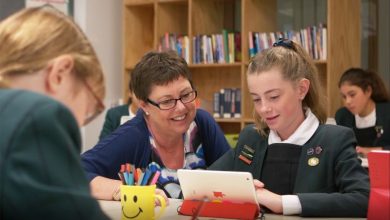STEAM ahead with new future-focused pathways
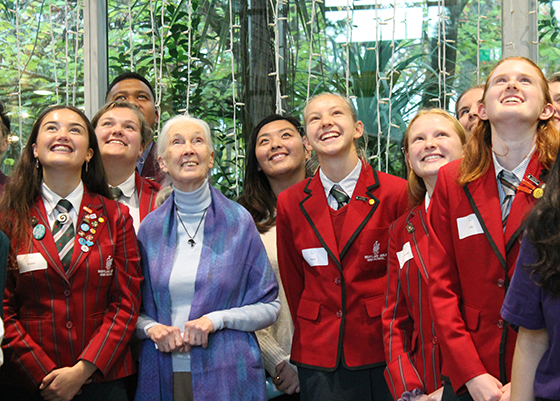
STEAM education drives innovative solutions for community problems.
It’s being described as a ‘synergy of discovery’, and the ‘exploration of design innovation’, combining skillsets across subjects like Science, Technology, Art, Engineering, and Mathematics. Statistics vary but STEM career pathways are rapidly expanding. One Pew Research Center study found that STEM employment has increased 79 percent since 1990, while an Australian government report predicted that opening up 75 percent of jobs will require workers with STEM skills by 2026.
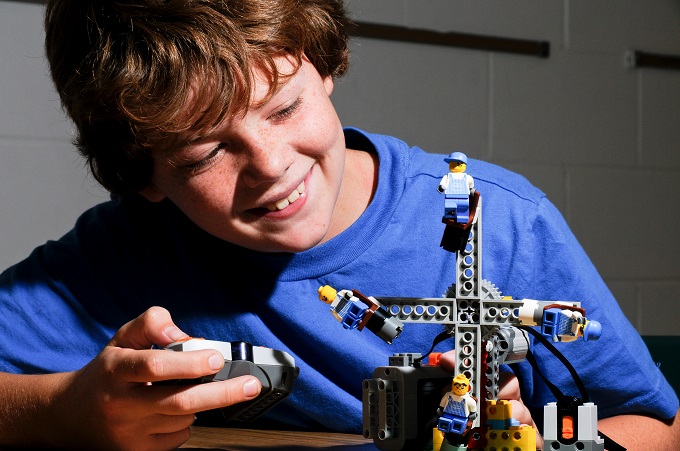
Pew also found that today’s STEM workers tend to earn more money than similarly educated workers and that women are underrepresented in many STEM careers. With a more diverse, creative approach to STEM learning, it is possible that a STEAM programme can better capture girls’ interest. A report developed by Deakin University and the University of Melbourne, Girls’ Future – Our Future, researcher looked into this phenomenon, asking why girls aren’t studying stem. The researchers found that despite equal mathematics ability, girls were often deterred from STEM subjects because they perceived them as lacking creativity.

STEAM could go a long way towards reversing this trend by integrating the arts to develop more creative modes of inquiry-based STEM learning. This shift towards creativity is why many educators tout STEAM as the next great educational frontier, and schools around New Zealand are searching for ways to become STEAM-led or build an exciting new programme for their students.
One Auckland-based girls’ school has done just that, paving the way for its students to pursue vital STEM careers in the future. We spent time with Westlake Girls High School TIC for STEAM and Pupuke Kahui Ako science and robotics teacher, Susana Tomaz.
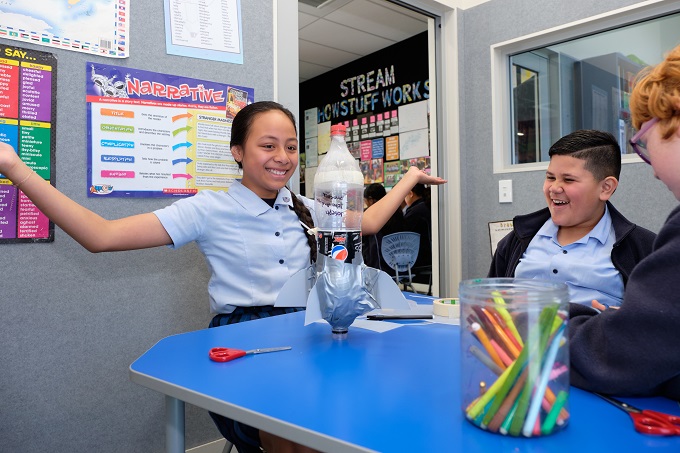
Susana gave us an in-depth look at how Westlake Girls High School’s ground-breaking STEAM programme has grown from a junior to senior pathway.
“At Westlake Girls High School we are STEAMing ahead by promoting partnerships with businesses and industries to help bridge the youth skills gap,” Susana said. She is excited to extend the school’s STEAM pathway beyond junior school in 2020 by adding a focus on entrepreneurship, “supported by our STEAM Power-ED initiative to enable us to establish new industry partnerships and incorporate work experience into the programme”.
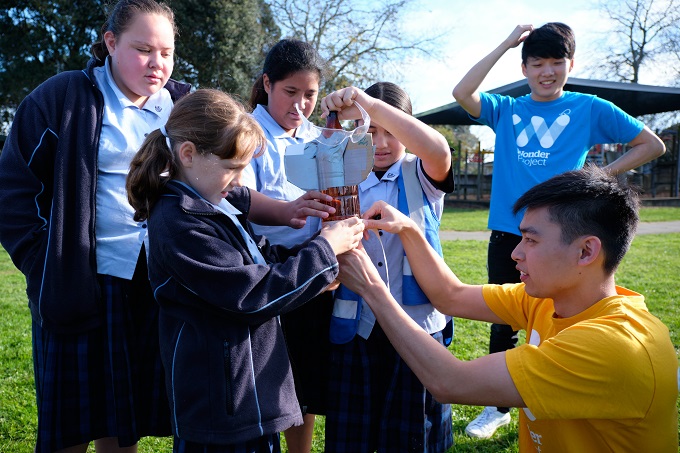
Starting STEAM learning with junior school students
Susana told us that Westlake has integrated four six-month courses for Year 9 students involving robotics, coding, electronics, design and food technology, with projects that link into several learning areas. She said: “Students are encouraged to be innovative and creative as they attempt to solve real-world problems.”
At Year 10 level, the school offers a six-month Kinetic Sculpture course incorporates aspects of creativity, design, art, physics and technology as students make a movable piece of sculpture and learn about filmmaking in the process. Another six-month course, FutureTech Design, provides the opportunity for students to build on skills developed in Year 9 and create an interactive product that embeds principles of computer programming, using a microprocessor, and they can foray into future technologies like augmented reality.
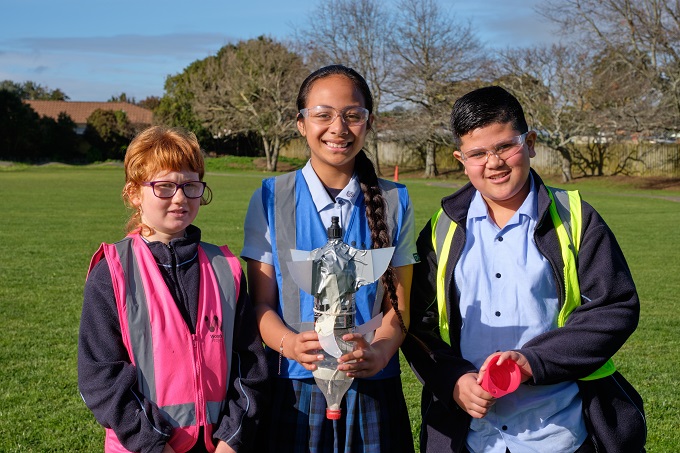
“In Year 10, students also work collaboratively in community projects, developing an innovative technological solution to a real issue they have identified in their community. The community projects benefit from a mentoring programme and support from experts in the community.
“Students present their final prototypes to the community and five of them get chosen (via voting) to pitch their ideas to a panel of industry experts, females working in lead roles within the STEAM field, who get a chance to also share their inspirational stories with our students.”
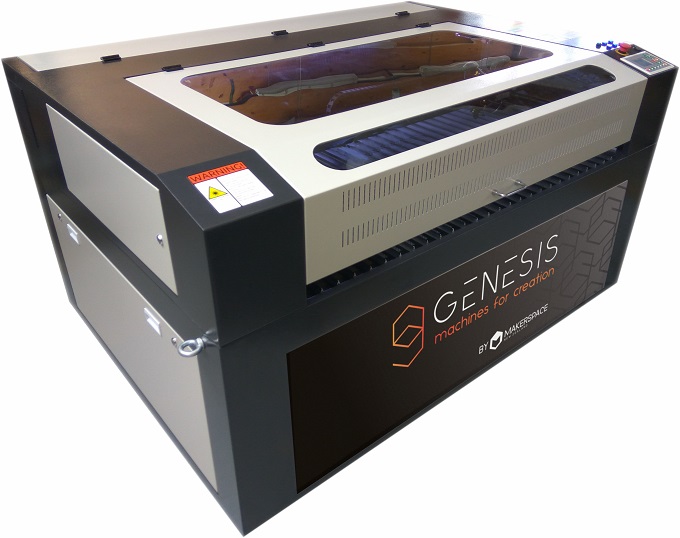
Real Westlake student community projects
One group identified there was a lack of awareness about STEAM careers among children, so they developed a hands-on workshop for primary school students and tied it into a website with links to career information.
Another group invented the “Vibracelet” to tackle mental heath issues among teenagers. Their bracelet interacts with the user to help manage or prevent panic attacks.

Meeting Dr Goodall: a STEAM student dream realised
2018 STEAM programme graduates and winners of the Community Project Challenge, Lily Winchester and Tara Vaughan, had the unique opportunity to showcase their community project to Dr Jane Goodall, Susana revealed. “Their solution to a community issue involved creating storybooks, with local content, to teach young children about the impact of plastic pollution and how to take action. The book included embedded augmented reality auras and a virtual reality world which immersed the reader in the storyline.”
The girls reflected: “We used HP Reveal to make the books with augmented reality so they can scan the pages and they come to life on the screen. This fun way of learning encourages them to learn important things in creative ways. Our community project has given us so many opportunities including meeting Dr Jane Goodall and attending a STEAM conference.”
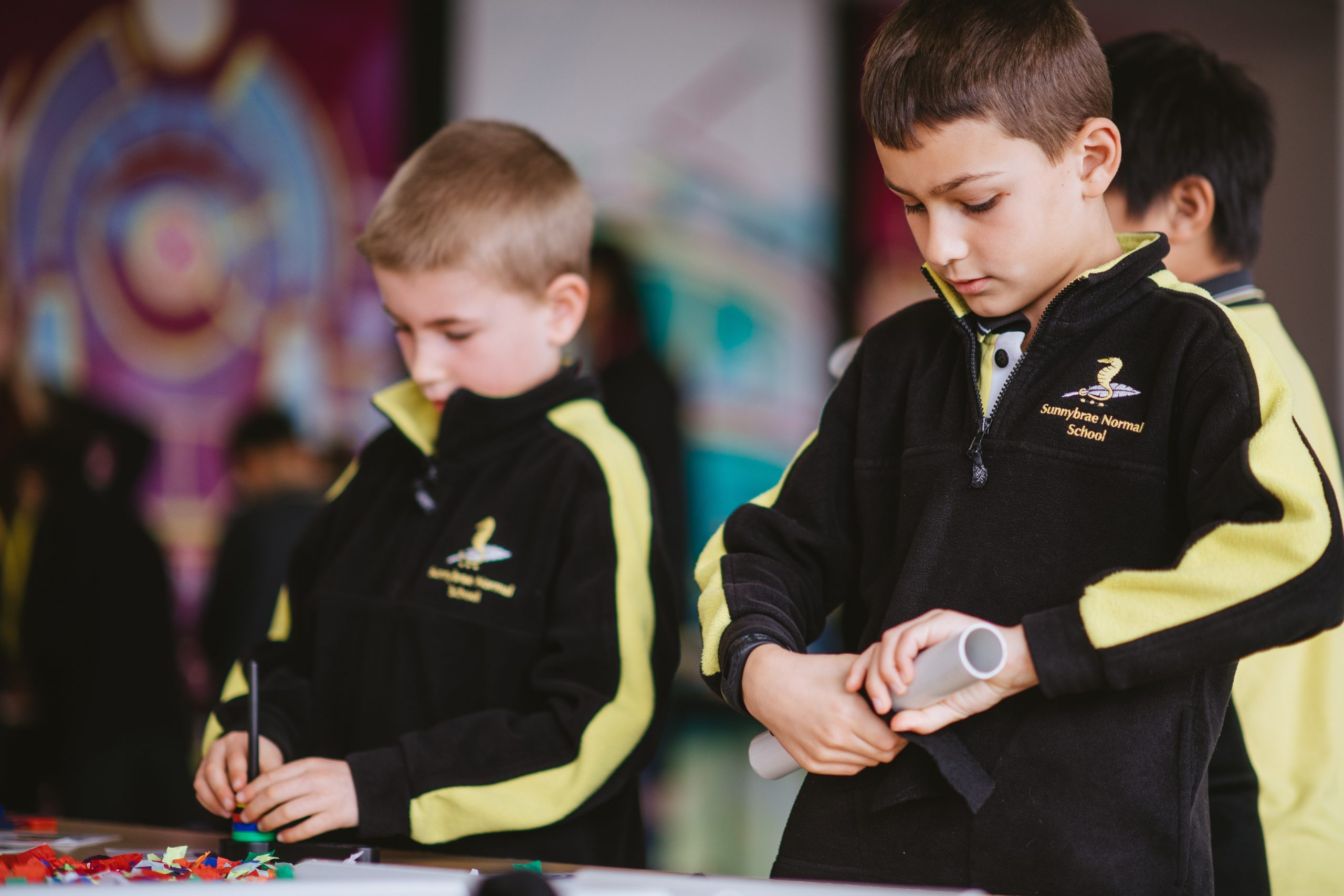
Creating a senior school STEAM initiative
Westlake’s STEAM programme now continues through to its Senior School with the first cohort starting this term. Susana explained: “Our programme is embedded into the school day as part of the curriculum. I would say the two biggest challenges are finding and sustaining a team of like-minded teachers that embrace curriculum integration and timetable limitations.
“The Year 11 STEAM programme will be taught over two integrated units: Innovation and Global Solutions, and Community Centred Enterprise.” Called the ESTEAM programme, “it allows students to take their prototypes to a final product by developing a business plan or social enterprise and engage industry stakeholders (investors), to support them along the way. We also incorporate a mini internship into the ESTEAM programme”.
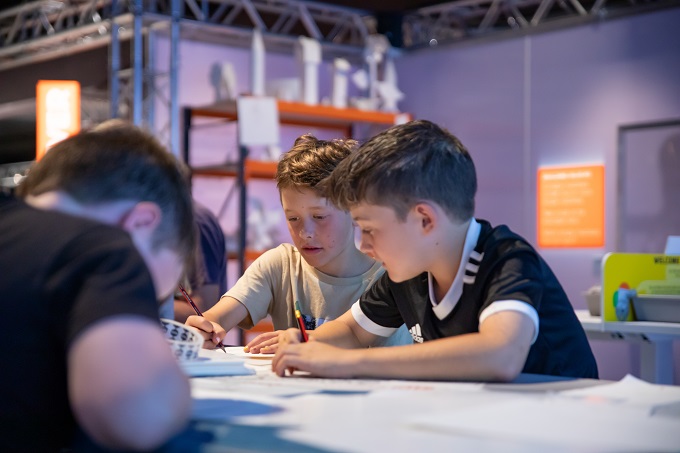
What do girls think about STEAM?
We heard directly from some of Westlake’s young STEAM learners. Their enthusiasm for the programme in general was clear but what stood out, particularly when hearing from parents, was confidence and excitability. Learning in a new way by going to events, creating products and travelling to new locations seems to have sparked engagement.
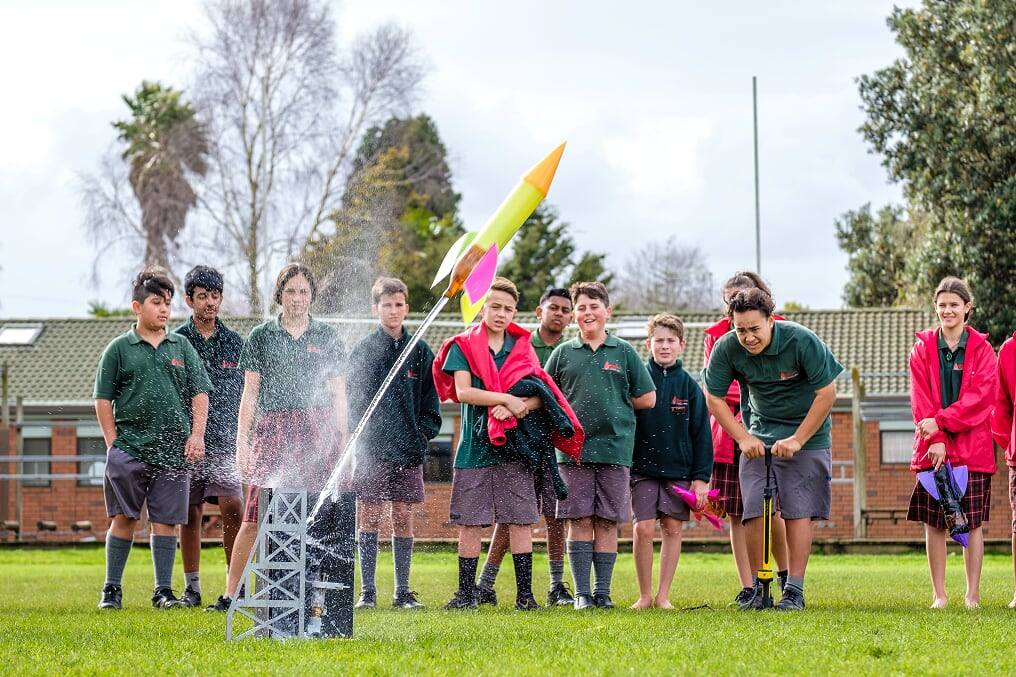
Westlake student Ray gave thanks to her STEAM teachers: “I want to say that none of us would have been able to make these inventive and creative products without [their] help and guidance throughout the many weeks of work. A special shout out to Ms Tomaz for her spectacular leadership and determination with the programme and our many events.
“It has been a privilege to be in [these] classes and to be able to be a part of the Innovation Expo.
Ariana told us: “The STEAM programme was one of the best decisions I have ever made. I have so much passion for STEAM.”
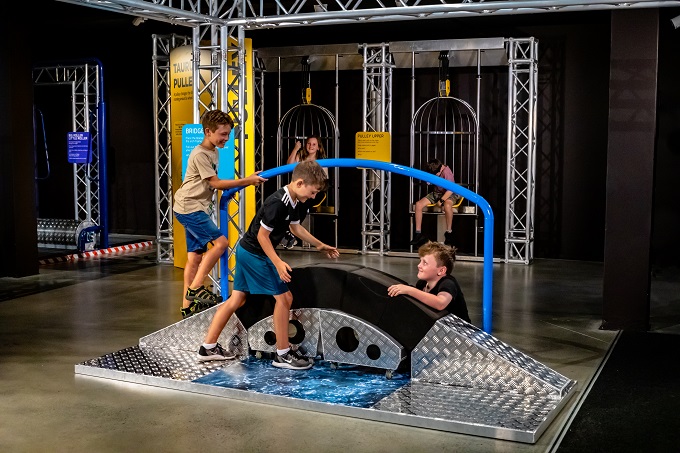
Parents were more specific in explaining how the new STEAM programme seemed to have influenced their daughters. One parent said: “It has captured my daughter’s intelligent mind and she absolutely loves learning and school in general. This is a large turnaround from her previous school. She talks about going to MIT, she strives for excellence and we couldn’t be happier with her progression. She is off to NASA with her three STEAM friends this year and she is so excited about that and her future.”
Another noticed a confidence boost in their child: “We noticed that she has developed confidence, she is more comfortable to face new challenges, and she has developed very dynamic thinking skills and problem-solving skills.”
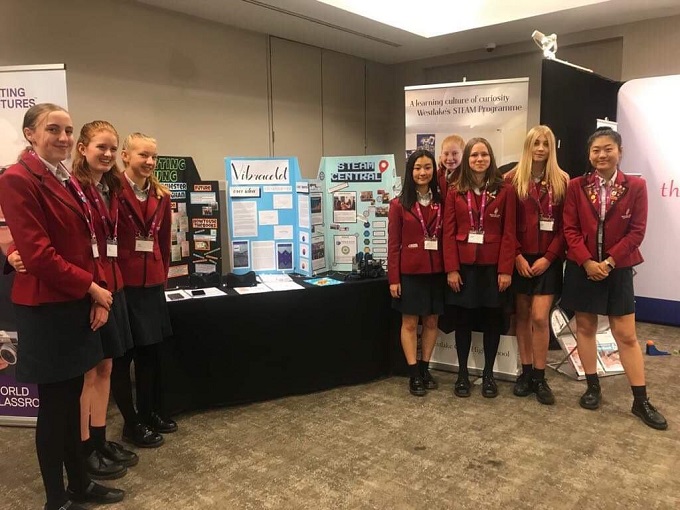
What could STEAM do for your students?
STEAM isn’t just for girls, although it is an effective way to engage girls in STEM subject areas. The purpose of STEAM is to contextualise learning for all learners. The programmes and projects that schools use and tout as STEAM enable students to apply knowledge from different learning areas to a real-world issue or problem within their community. Students use laser-cutters, computer software, music and literature and an array of materials to design tools, artwork and product prototypes that may have a real-life impact within their own communities.
As Westlake students prove, the results so far have been astonishing! We cannot wait to see this generation of inventors forge new industries. The STEAM movement sure is one to watch!






